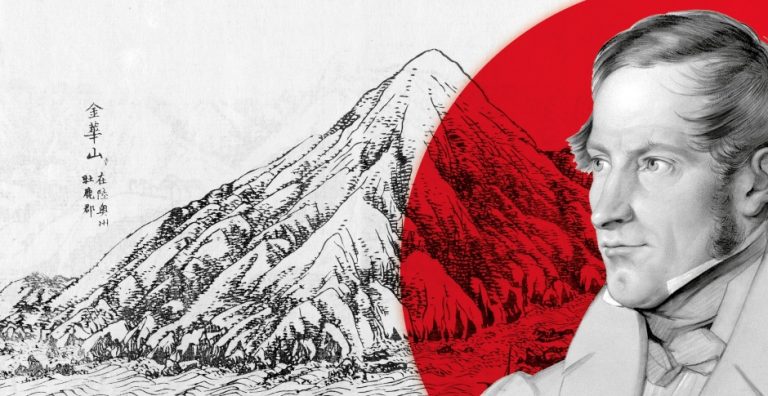2019年10月11日より、ミュンヘン五大陸博物館では、「日本を集める〜極東へのシーボルトの眼差し」展を開催します。
江戸時代(1603〜1868)の日本で作られた八角形の箱に収められていたのは、一つひとつに精巧な細密画が描かれた、無数の貝殻からなるゲームだった――。大変美しいこの作品は、漆器や鼈甲細工、象牙彫や磁器、線条細工の仏像や神事に用いる香炉、長大な絵巻や煌びやかな織物、或いはまた玩具の人形や素材のサンプルなどと共に、あらゆるものを網羅したこの特別展で展示されます。これらおよそ300点の文物は全て、ヴュルツブルク出身で、オランダで活動した医師であり科学者でもあるフィリップ・フランツ・フォン・シーボルト(1796〜1866)によって収集されたもので、日本の聖俗の工芸品についての興味深い見識を与えてくれます。国立歴史民俗博物館(千葉県佐倉市)と共同で企画された本展は、彼の生涯と生きた時代、これらのコレクションを形成するに当たっての基本理念、西洋に日本という国についての包括的な知識を与えることを己の使命と任じた彼の博物学的アプローチにスポットを当てるものです。
オランダ軍の従軍外科医としてのフィリップ・フランツ・フォン・シーボルトは、1630年代から国外との関係を厳しく制限してきた「日の出る国」を訪れた最初のヨーロッパ人の一人となりました。今日の日本では、シーボルトの名は子供にまで遍く知られていますが、母国ではほんの一握りの東洋学者や愛好家に知られているに過ぎません。1823年から1830年、1859年から1862年の二回にわたって日本に滞在したシーボルトは、その地で科学と学術の研究に没頭しました。日本の多くの医師と患者が、彼の持つ実用的で理論的な西洋医学の知識に大きな恩恵を受けました。しかしながら1828年、禁制の日本地図を携えていたことからスパイであるとの疑いをかけられ、遂に終身追放の憂き目に遭います。
その後シーボルトはライデンに居を構え、日本の自然史と民族学についての著作を発表し、これまでのコレクションを広く大衆の目に紹介すべく、自らの自宅を開放しました。これは、ヨーロッパにおける民族学博物館の嚆矢となります。
1858年に鎖国令が解かれた後、シーボルトはもう一度日本の地を踏むことができました。滞在した数年の間に、彼は再び大規模かつ非常に質の高いコレクションを築き上げ、帰国後にそれらをミュンヘンで展示する機会を得ました。1866年の彼の死から8年後の1874年に、バイエルン王国はこれらの貴重な文物を王室民族学コレクションとして買上げ、「シーボルト日本博物館」として展示するに至りました。1864年のバイエルン王ルードヴィヒ2世に宛てた書簡の中で、シーボルトはこの2度目のコレクションについて「多くの点で、先のコレクションを凌駕するものです」と誇らしげに言及しています。それから1世紀半を経た2017年に開催されたミュンヘンコレクション展では、日本の皇族方にもご来場を賜りました。
五大陸博物館は、シーボルトコレクションを展示するに当たって、彼がデザインした企画構成を現代の展示技術を用いて更に充実させ、包括的かつ知的興奮に満ちた展覧会を実現しました。コレクションの持つ美しさや質の高さ、独自性は、ご家族どの年代の方にも十分に楽しんで頂けるものであり、子供さんには別途パンフレットもご用意しています。
